Author: Jsquare Investment and Research Team
Since the creation of the Bitcoin Genesis Block in 2009, the cryptocurrency funding ecosystem has evolved rapidly. As blockchain projects explore new ways to raise capital, a variety of token issuance mechanisms have emerged, each shaped by market conditions, technological advances, and regulatory adaptations.
From ICO to STO: A Timeline of Token Issuance Mechanisms
Initial Coin Offerings (ICOs)
The first wave was the Initial Coin Offering (ICO), which exploded between 2016 and 2018. One of the earliest and most successful examples was Ethereum, which raised approximately $18 million in a public sale at $0.35 per ETH in 2014. ICOs peaked in 2018, raising more than $6 billion in total. However, investor protection is weak, with a fraud rate of over 80%, and only about 44% of ICO projects remaining active three months after issuance.
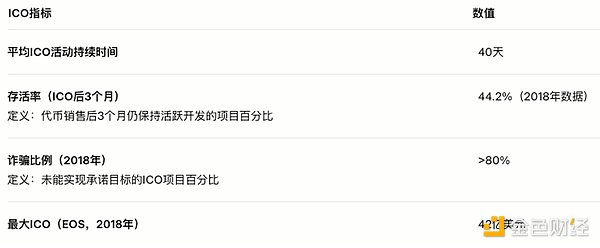
Source: https://icobench.com/stats/ico-statistics/
Initial Exchange Offering (IEO)
In response to the chaos of ICOs, Initial Exchange Offerings (IEOs) emerged around 2019, introducing a more standardized structure through centralized exchanges such as Binance Launchpad. These platforms conduct token audits and compliance checks, which have increased project survival rates to around 70-80% and significantly reduced fraud rates to around 5-10%. However, listing fees, KYC requirements, and centralized control have created limitations.
The following is an analysis of the average return on investment (ROI) of IEO projects since issuance by exchange between 2009 and 2025:
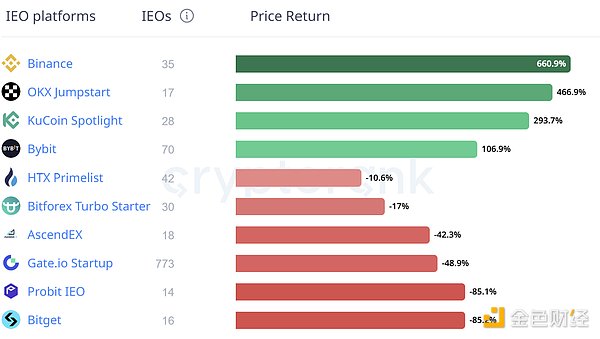
Source: https://cryptorank.io/ieo-platforms-roi
Security Token Offering (STO)
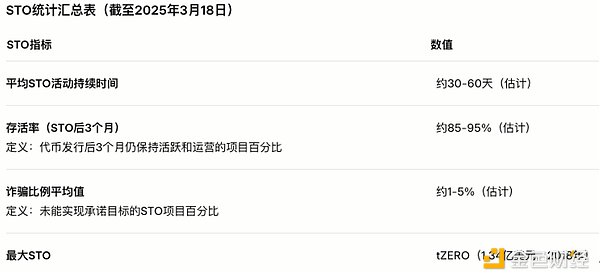
The Rise of IDOs and the New Era of Permissionless Offerings
Initial Decentralized Exchange Offerings (IDOs) mark a significant shift toward fully decentralized finance. Platforms such as Uniswap, Hyperliquid, and Pump.fun enable instant token issuance and liquidity access without high listing fees. However, this convenience comes with higher volatility and scam rates (estimated at around 10-20%).
The following is an analysis of the average return rate (ROI) of IDO projects since their issuance:
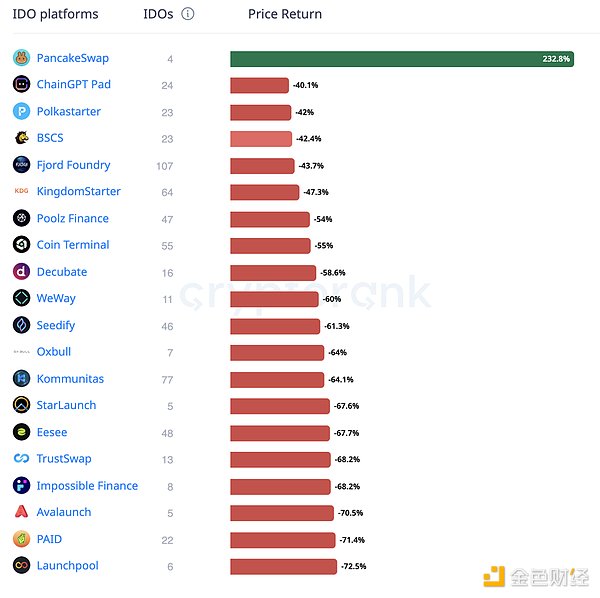
Source: https://cryptorank.io/ido-platforms-roi
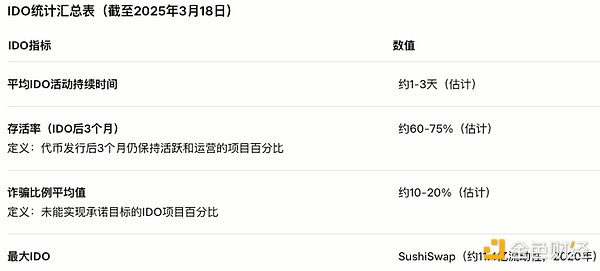
Platforms that promote IDOs
Hyperliquid: A decentralized exchange (DEX) that uses a Dutch auction mechanism for token listing. Projects apply to deploy native HIP-1 tokens and participate in a 31-hour Dutch auction. The token deployment fee decreases linearly from the initial price to $10,000 USDC.
Pump.fun: A platform that simplifies the issuance and trading of meme coins on the Solana blockchain. The ease with which users can issue tokens at low cost has attracted investors looking to capitalize on viral token trends. However, the ease of token creation has led to a surge in low-quality projects.

IEOComparison with IDO: A Collision of Two Worlds
IEOs and IDOs offer projects very different financing pathways, each with its own unique advantages and challenges. IEOs provide a structured environment through exchange oversight, increasing investor confidence, but are more costly and limited in participation. Exchange due diligence can lead to more efficient pricing and reduced investment risk. In contrast, the lack of formal regulation and large number of IDOs have led to less efficient markets and increased volatility.
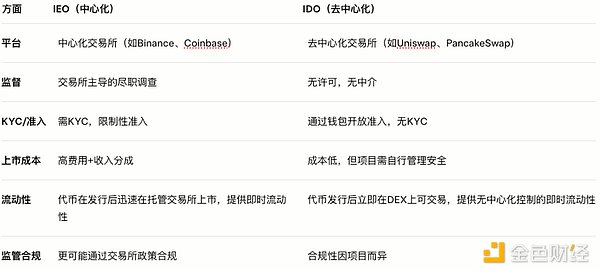
The Road Ahead: Hybrid Issuance Models and Regulatory Shift
Issuance mechanisms are not only technical tools, but also shape capital allocation, investor engagement, and narrative formation. The future lies in hybrid models that combine on-chain liquidity and off-chain regulatory compliance.
New platforms such as Hyperliquid use a Dutch auction mechanism to achieve price discovery while remaining structured. Pump.fun simplifies memecoin issuance, riding viral momentum, but risks market saturation. Both models reflect the market’s thirst for experimentation.
Meanwhile, US and EU policies are creating clearer frameworks for token issuance. In the US, the upcoming stablecoin framework and broader regulatory clarity under the Trump administration could impact IDO platforms’ compliance. In the EU, MiCA (Markets in Crypto-Assets Regulation) sets a precedent for crypto-asset licensing, potentially pushing projects toward regulation-friendly structures.
Conclusion: Efficiency, Compliance, and Community
In 2025, IDOs are likely to remain the preferred choice for small, community-driven issuances, while IEOs and STOs will serve more institutional projects. Rather than a competition of funding formats, what we are witnessing is an evolution toward issuance strategies that balance accessibility, compliance, and investor protection. As platforms mature and regulation solidifies, hybrid issuance frameworks will define the next era of crypto capital formation.
About Jsquare
Jsquare is a research and technology-driven investment firm dedicated to driving mass adoption of blockchain technology. Founded in 2021, Jsquare currently manages over $200 million in assets under management (AUM).
Focusing on discovering top teams with growth potential, Jsquare has strategically invested in approximately 70 projects covering multiple fields, including centralized finance (CeFi, such as Coinlist, 3iQ, FV Bank, etc.), NFT/GameFi/Metaverse (Pudgy Penguins, BigTime, Apeiron, etc.), Layer 1 (Linera, Shardeum, Zetachain, Oasys, etc.) and infrastructure (Gensyn, ChainSafe, Chainbase, Cookie3, etc.).
Jsquare's investment strategy has recently been inspired by regional philosophy. Through dynamic strategies, Jsquare aims to lock in investment opportunities that are consistent with its forward-looking vision, closely monitor the macro environment, and navigate the digital assets and emerging technology sectors to achieve long-term prosperity.
JsquareOfficial Website: https://www.jsquare.co/
Jsquare XAccount: https://x.com/JSquare_co
Jsquare LinkedIn: https://www.linkedin.com/company/jsquare-co/
 Brian
Brian
 Brian
Brian Alex
Alex Brian
Brian Alex
Alex Alex
Alex Kikyo
Kikyo Brian
Brian Brian
Brian Alex
Alex Kikyo
Kikyo